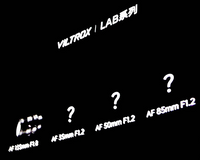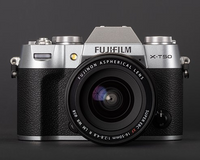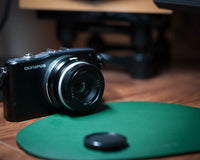What do I do if I'm waiting for a camera I ordered? And if this just doesn't come? Of course, I'll use the time and play with other new gear. It was perfect timing that I was asked if I would like to try out a new Pergear lens. Actually not my classic prey scheme, but it piqued my interest. Because the combination of the Pergear 25mm F1.7 and my Fuji X-E3 is already very close to the object that I've actually been waiting for weeks...
You guessed it, I ordered the Fuji X100VI and am on the waiting list.Today we're talking about a new low budget lens from the manufacturer Pergear. And in this short review you must of course keep in mind that the 25mm F1.7 is a low budget glass and is positioned that way. It will be available starting today (April 23rd), with a recommended retail price of $75. Together with a used, older Fuji XE camera (X-E1 approx. 200 euros, X-E2 approx. 300 euros, Bright, compact and very affordable.
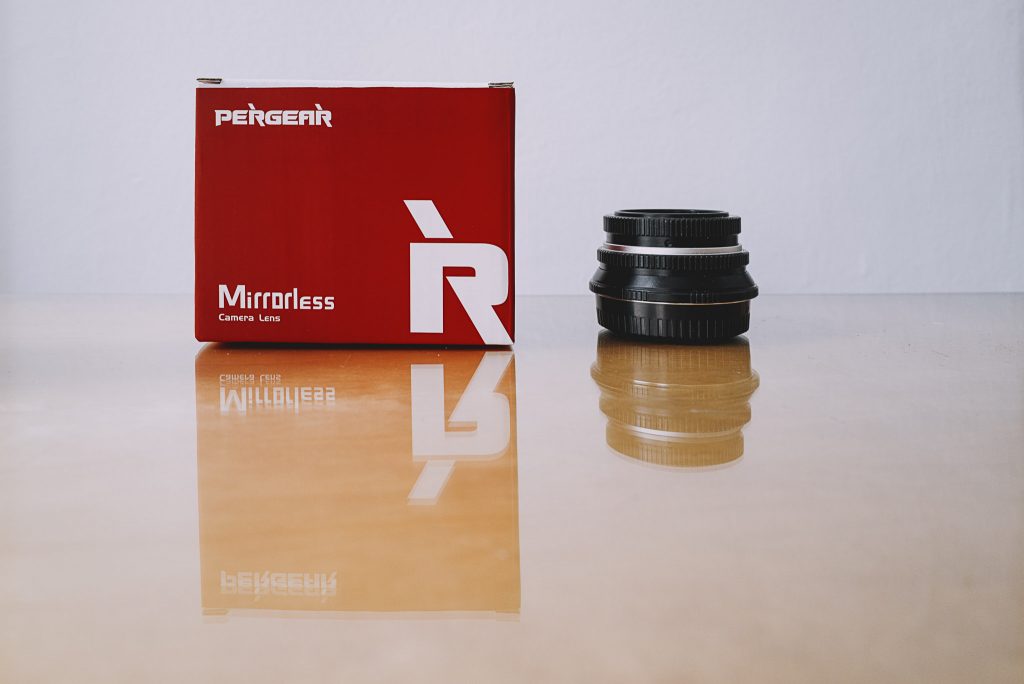
Transparency
As always, I would like to explicitly point out at this point when a manufacturer makes something available to me. Pergear kindly sent me the lens before release. And as always, neither money flows nor I am told what to say or write. This means it is not paid advertising, even if I comment on the Pergear 25mm F1.7 and the lens was made available to me free of charge and without payment.Feel and Appearance
So the Pergear 25mm F1.7. Its greatest strength is its compactness. It is super small and almost fits in your pocket on an XE camera, a smaller combination is hardly conceivable. The feel is more than solid and feels high quality thanks to the metal used. At most, the service would be nasty if you have big hands; But for me it works perfectly. The aperture levels from 1.7 to 22 can be adjusted just as easily as the focusing - with this naturally manual lens. The focus path is pleasingly short and works perfectly via focus peaking. The optical structure is seven elements in five groups. The closest focusing distance is only 20 centimeters and the filter diameter is 37 millimeters.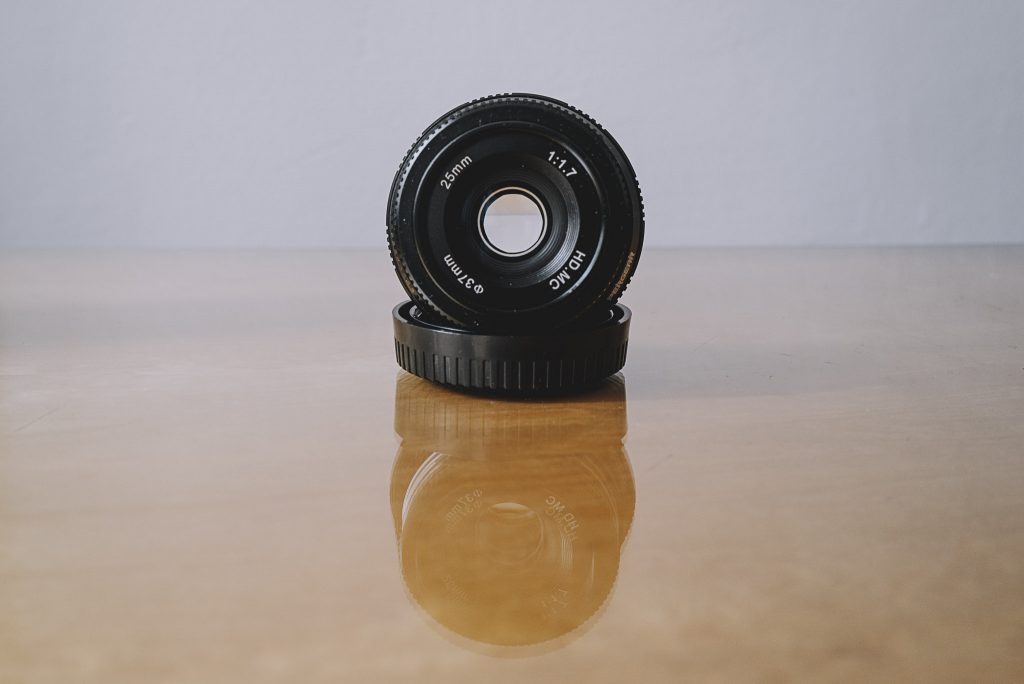
Picture Quality
Of course, the image quality is central, no matter how much it costs – or even how little it costs. And in this case, of course, I measure it by this extremely low price. Comparable Fuji lenses in this focal length range are significantly more expensive (Fujinon So let me emphasize again that I am of course evaluating this lens in light of the price of $75. Exciting for the absolute low-cost freaks among you, perhaps ideal for schoolchildren and students?To roll up the horse from behind: From aperture 5.6 the Pergear delivers good image quality, there's nothing to complain about here. In combination with a Fuji X-E3 I was able to produce very good results, even at the edges. Color fringes? Distortions? Inflections? Error in color reproduction? None.
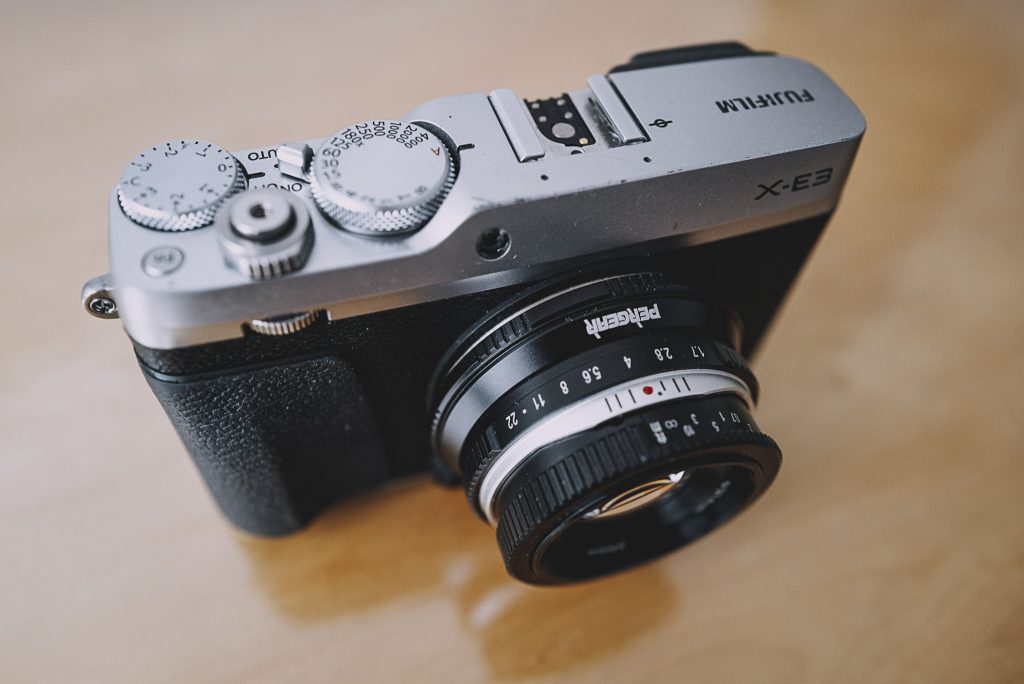
I tested this once in an exposure series, you can see it here in the direct comparison between open aperture F1.7 (left) and 5.6 (right). The vignette, the milky layer and the blur are visible.
Conclusion
So who can I recommend the lens to? Anyone who buys a used Fuji for budget reasons and is now looking for their first lens. Or for all photographers who have not yet dared to leave the comfort zone of autofocus photography and want to test it out for very little money.
Because with the Pergear 25mm F1.7 you can focus wonderfully manually, you can even practice the zone focus system, which is widely used in street photography. Aperture 5.6, 8 or 11 preset? Rangefinder at 1.5 or 2 meters? Everything is sharp and you are faster than with any automatic lens. So that would be real added value.
I would also like to recommend this lens to all beginners because I find the focal length of 25mm almost ideal for beginners. With the equivalent of 37mm in 35mm format, this section is universal. Reportage, portrait or street? That's quite a lot. What alternatives do I see in the low budget range? At most, a nice, cheap old glass with a converter included. Then you would be at a similar price level, just a little bigger.
I can therefore recommend the Pergear 25mm F1.7 for beginners on a tight budget. In addition to Fuji, the lens is also available for RF, E and Z mount (both APS-C) as well as for Micro Four Thirds.
This review was written by Florian Renz, you can check more details HERE.





























